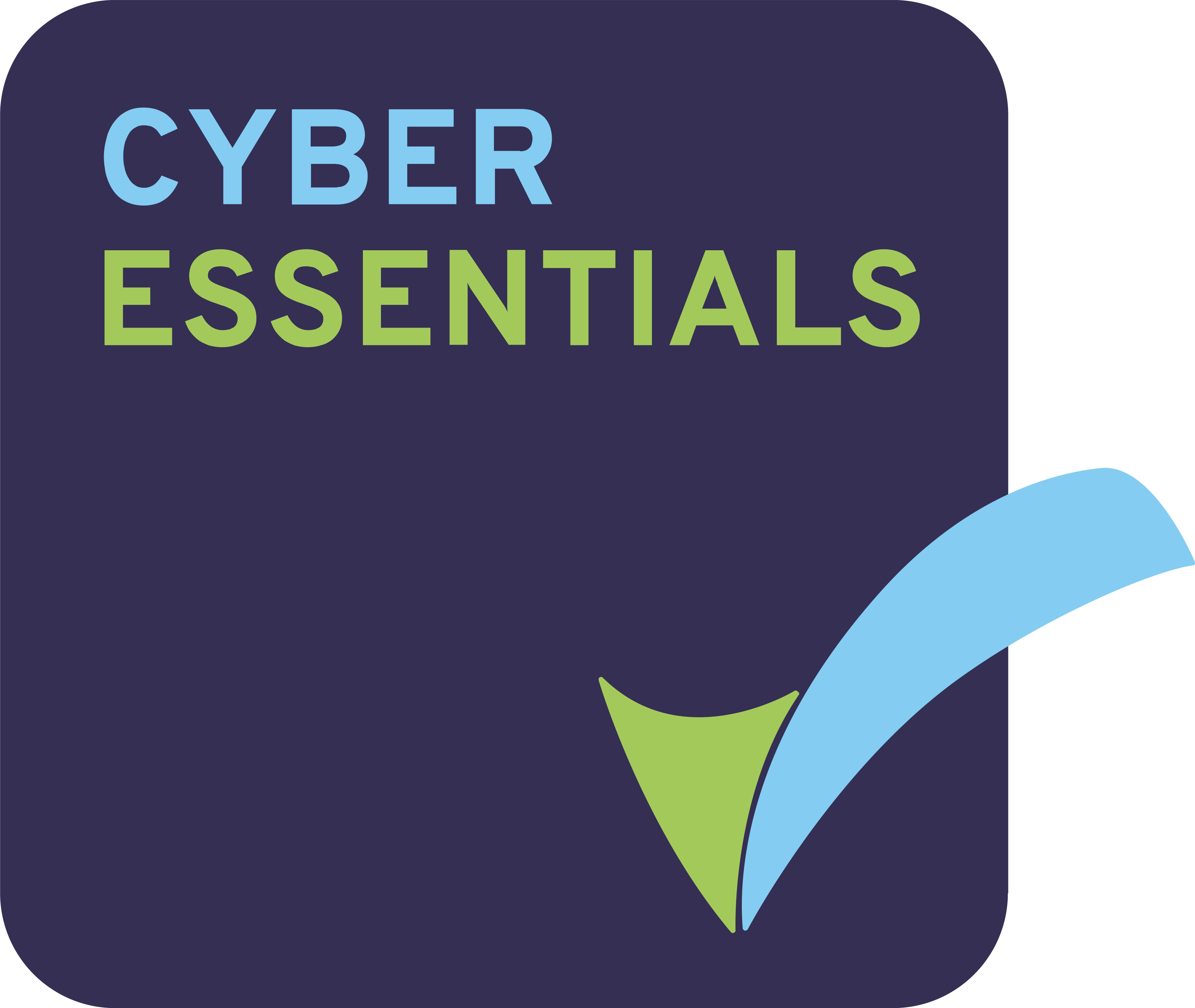A new framework
The new Ofsted Education Inspection Framework came into force from September 2019.
Prior to September the debate about the Ofsted EIF had been raging on my Twitter timeline for some time. I didn’t join in, for there are some very entrenched views, some are key advocates and some hold sincere doubts. Both camps provide strong arguments for their point of view. Both say things that I agree with, both say things that I don’t. This is the nature of the beast; educational debate is founded on strong opinion. I’ve grown very familiar with it over several decades’ association with the profession. In this instance I stood aside, read what has been available to me and listened to discussions and debates.
Key developments
The key messages that I’ve picked up are that providing primary children with a broad, rich curriculum is central to a successful education; That while standardized testing has a place in our system it should not come to dominate teaching and learning; Teaching to the test is very much to be avoided. From now on Ofsted will place a strong focus on the curriculum. Having been associated with multiple primary schools, through many years teaching and more recently as a governor, I’m delighted that these are the principles that all the schools I worked in would have shared. Providing the children with a quality curriculum has always been central to good and outstanding schools.
Another key message that I’ve picked up is that schools do not need to go back to the drawing board, that there is no magical one size fits all curriculum, that the national curriculum provides the framework and schools need to develop the detail to fit their context and setting. Rather than suddenly buying new resources, the message has been very convincingly conveyed that this is not necessary. An effective school curriculum is one that is built around the specific context in which the school operates against the national framework. It is likely to be dynamic and be adjusted over time.
The role of the school website
And so, it is with websites. The requirements haven’t changed. There’s no sudden need to update the school website to meet some mythical Ofsted compliance model. School websites are as unique as the schools themselves. Not only do they give key information for a number of stakeholders, but they tell a story and give an insight into the school. They are part of the fabric of a school. Each one says something about the values and ethos of the school. As such a good school website can help both the inspectorate and the school.
School websites are an important part of inspection. They form part of the pre-inspection sources of information. The lead inspector will view the website. As part of the inspection they will look to ensure it meets the requirements for what schools must publish online. Part of this, of course remains, information about the curriculum. Maintained schools must publish details about the content of the curriculum in each subject for each year group and primary schools must publish details of their phonics or reading schemes in KS1.
Presenting the curriculum
This website information will be a good starting point for understanding the school’s curriculum intent, its implementation and of course its impact. These are three key areas of the inspection
framework. Most school’s website contains much of this information already. Much of it is presented formally, but there are significant opportunities to also present it informally. What better way is there for a school to present the breadth and depth of the experiences that children gain in their time in the school than through a variety of media? Image galleries and video are excellent ways to evidence key parts of the curriculum from science to art, from music to Design Technology, from Forest School to Residential trips, from core curriculum to extended extra-curricular opportunities. School websites are a fantastic place to host this material. They can and should be a rich source of information. The key requirement is that they share accurate and up to date information in an accessible way. Having an archive of posts enables the inspectors to see the curriculum over time.
Conclusion
Some time and energy refreshing or updating the school website may well be of long-term benefit, but the changes to inspection do not demand it. Having a modern, easy to update website that is mobile friendly and responsive is an important management tool. It was important prior to the changes to the inspection framework and remains just as much so today.
More information about New Era websites
We specialise in making websites for schools. If you would like more information about our Ofsted compliant, mobile friendly and easy to edit websites – visit our webpage or get in contact with our team.

 Australia
Australia Canada
Canada LATAM
LATAM New Zealand
New Zealand UAE
UAE United States
United States








